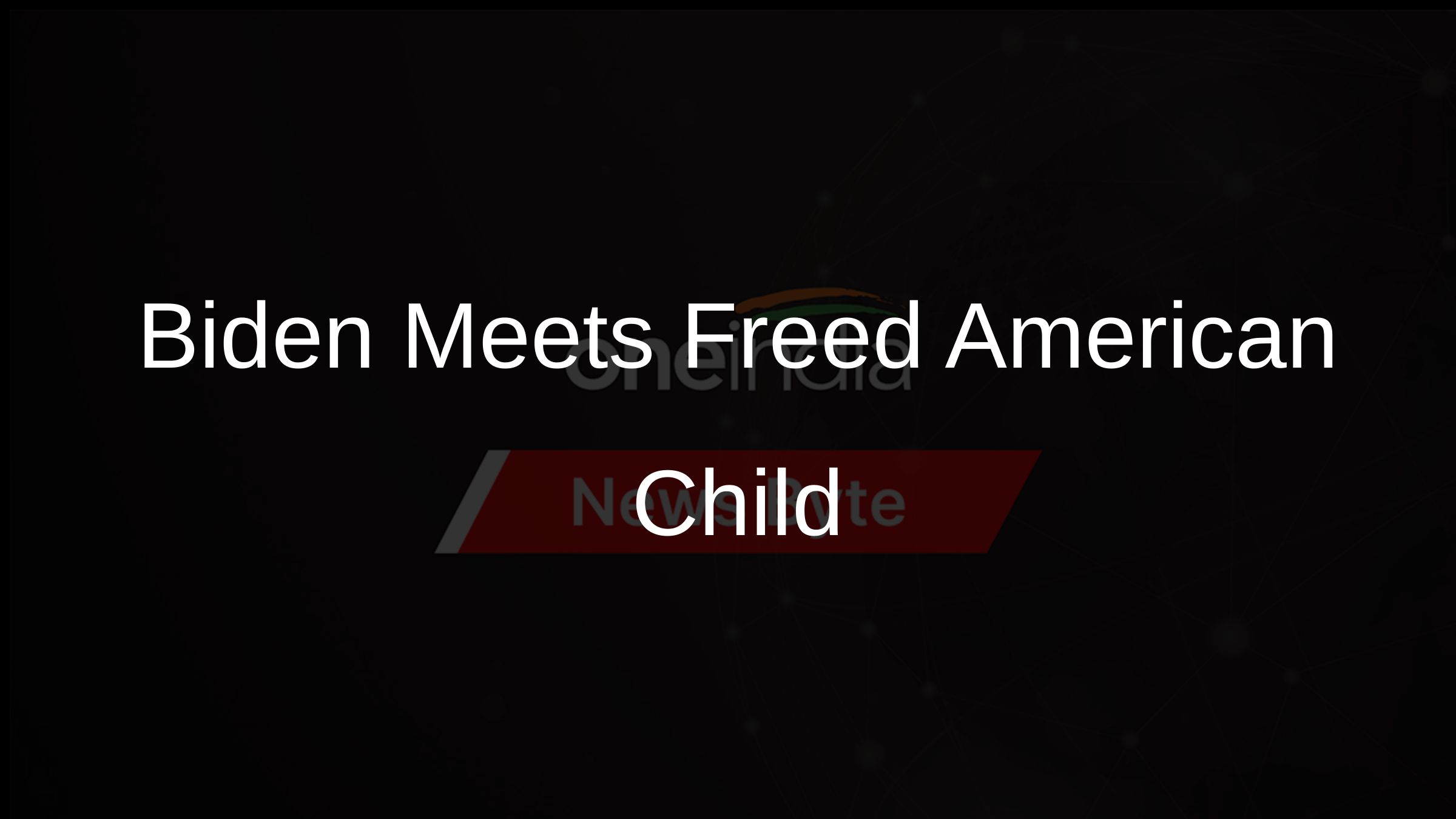
The West's portrayal of an intolerant India: Its all in the numbers
India's Turn Toward Intolerance
India's Battered Free Press
As India's Muslims are lynched, Modi keeps silent
Modi Government Tells The New York Times To Back Off
These are headlines of some of the many stories recently done by foreign media outlets, the likes of The New York Times, Washington Post and Huffington Post.
In its editorial, India's Battered Free Press, The New York Times says.

"Press freedom in India suffered a fresh blow on Monday when the country's main investigative agency raided homes and offices connected to the founders of NDTV, India's oldest television news station. The raids mark an alarming new level of intimidation of India's news media under Prime Minister Narendra Modi."
Calling this editorial "one-sided", India's premier investigative agency Central Bureau of Investigation wrote to the Editor of The New York Times,
"The editorial doesn't consider the investigation history of the case against RRPR Holdings by different tax and law enforcement agencies in India since 2011."
Although The New York Times published the CBI's response, but it was not well-taken by West Liberal Media which labelled CBI's clarification as intimidation. Huffington post mentioned the CBI's response in its report under the headline 'Modi Government Tells The New York Times To Back Off'.
Propaganda in Reporting?
In a bid to prove their narrative, The New York Times in its another report on Yogi Adityanath 'Firebrand Hindu Cleric Ascends India's Political Ladder' quotes a journalist Manoj Singh to allege that Adityanath encouraged religious riots.
"During the first five years after the vigilante group was formed, 22 religious clashes broke out in the districts surrounding Gorakhpur, a city in Uttar Pradesh, in many cases with Adityanath's encouragement, said Manoj Singh, a journalist."
This kind of insincere reporting raises few important questions. Who is Manoj Singh? Was he present on the occasion when Adityanath was allegedly encouraging riots?
Now, why these media houses in the West are indulging in provocative reporting on India, amplifying fault lines and distorting reality?
It's all in the figures
Figures suggest that these foreign media outlets have maxed out in terms of digital traffic in the West. Their numbers are going down and hence they are set to explore other markets with large English speaking digitally savvy population.


Their future growth will come from markets like India which is riding on a huge digital wave. Google is the most surfed search engine in the world today. According to Alexa rankings, after United States, India is the second country in the world where Google is visited the most. The Indian version of Google, Google.co.in, rank one in India, is the 7th most surfed search engine in the world.


Scope in India
This is when Internet penetration in India currently is just at around 30 percent. Thanks to the massive push to Digital India initiatives by the Modi government, various reports suggest that the internet penetration in India will double by 2021. A report by a renowned global networking body CISCO says,
"Digital
transformation
will
take
India's
internet
users
from
373
million
(28
percent
of
population)
in
2016
to
829
million
(59
percent
of
the
Indian
population)
in
2021."
According
to
National
Association
of
Software
and
Services
Companies
(NASSCOM),
the
number
of
Internet
users
in
India
will
grow
to
730
million
(approximately
55
percent
of
India's
population)
by
2020.
A report by the Internet and Mobile Association of India and market research firm IMRB International says that for year-on-year period ending October 2016, the Internet user base grew by 7 percent in urban India and by 22 percent in Rural India.
Western media wants to tap this digital potential of India to grow their Digital traffic in future. India's rapidly changing political landscape, large English-speaking Cosmo urban middle class, and world's largest youth population which loves to argue makes India a favoured destination for these media houses.
Another factor which works in the favour of these media houses is absence of regulations restricting digital access to foreign media.
India - the only major destination
China, despite its large digital penetration, is not a market for these media outlets as there is no freedom for them to operate. Recently China has further tightened the screws,
"Popular online platforms such as Google, Twitter, Facebook and YouTube are all blocked in China, as are the websites of some major international news outlets such as TIME, the New York Times, and the BBC."
Reporting on a Billion People Democracy like India requires a deep understanding of the country, its socio economic diversity and its regional complexities. Foreign Journalists who are issued visas in India should mandatorily undergo an orientation program on understanding India and on how to report on India. Visa renewal and new Visas should be made contingent upon such a mandatory certificate program which can be conducted by concerned higher institutions of the country.
OneIndia News


 Click it and Unblock the Notifications
Click it and Unblock the Notifications

































